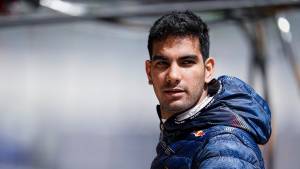Formula 1 2015: Changes in regulations explained
Three major things that motorsport enthusiasts resent about Formula 1 in 2014 - the rather unbecoming nose design, the dampened sound from the engine and the complicated electronic power units. Add to this, the total domination of the Mercedes Petronas Team and the doldrums that Red Bull and Ferrari are going through - it appears to sound the death knell for the popularity of an otherwise legendary sport.
Formula 1 has already gone through some drastic changes in 2014. So why, only halfway through the championship, is the Federation Internationale de L'Automobile (FIA) tinkering with the regulations for the next year? Well, that's because the season already seems like a catastrophe, what with the ever-diminishing viewership and stark silence on the track, forcing the FIA to engage damage control mode. The only saving grace is the sensational racing up front from the likes of Nico Rosberg and Lewis Hamilton, and the rising performance of the underdog, Williams, throwing surprises in many races so far. Also Daniel Ricciardo proving his worth against the gargantuan talent of four-time world champion team-mate Sebastian Vettel is creating quite the stir.
Almost all the amendments made to the regulations next year are directed towards one aim - to restore the thrill this sport was originally all about, though some of them also focus on safety and cost checks. Let's take a look at what's in store for 2015.
Roll over to standing starts
The biggest talking point among the rule changes is the introduction of standing starts after Safety Cars, instead of the current rolling starts - much to the resentment of drivers such as Sebastian Vettel, since the driver in the front is more likely to lose his position now. FIA thinks this move will induce more drama and excitement to the race. Standing starts will not be carried out if the Safety Car is used within two laps of the start (or restart) of a race or if there are less than five laps of the race remaining.
Nose job
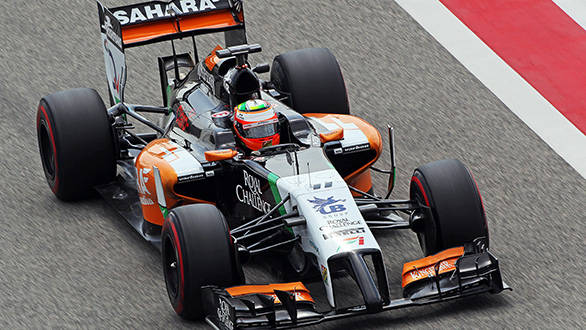
The other big rule change involves the replacement of the unbecoming and somewhat controversial nose with a safer, more aesthetically pleasing one. The new edict requires that the height of the nose be further reduced, and the taper of the nose be gradually brought to a point of minimum cross-section (unlike the awkwardly shaped Force India F1, Caterham F1). Also, the nose should be symmetrical and consistent along the centre line of the car (unlike in the current Lotus F1).
Restriction on power units
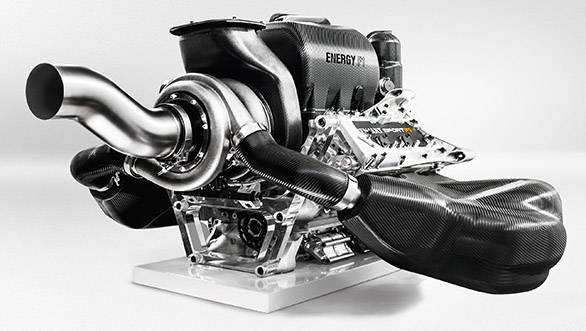
The number of engines permitted to each driver in a season will be limited to four. However, if there are more than 20 races in a season, the number will increase to five. The penalty for a complete change of power unit will be having to start from the back of the grid, not the pit lane. This will definitely help teams lower down the grid by saving costs and engine makers will have to work harder to improve the reliability of their mills.
On braking...
The rules also state that the brake discs have to rotate at the same speed as the wheels. But they already do, don't they? Well this has opened a lot of discussion threads online, and what has come out, as of now, is that F1 teams have been trying out planetary gear arrangements to make the brake rotor rotate faster than the wheel. This has a variety of advantages over conventional set-ups, for example, a faster rotating brake rotor will create a vortex around the wheel hub, thus aiding aero efficiency, or a faster rotating brake rotor will provide better braking power even with smaller brake disc diameters.
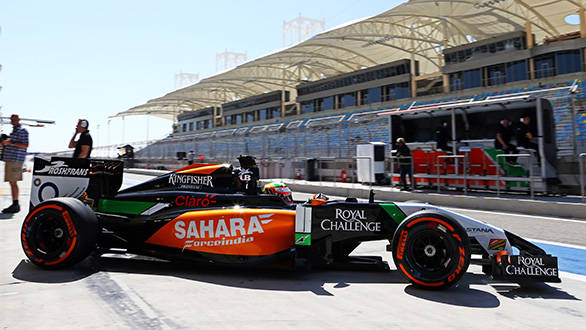
Usually the FIA introduces a regulation to either bring down the engine power, reduce aero related components or to save costs. To fit things into that pattern, we think the fact that the arrangement aids aerodynamics makes it eligible for a curb. This still remains a debatable topic as nothing has been said by FIA or manufacturers on this front just yet.
Skid blocks, FRICs and the like...
The skid blocks, which are flat plates beneath the chassis that reduce ground effect and impose a minimum ground clearance, will henceforth be made of lighter materials (titanium) and are to be better contained.
The two stage wheel fastener retaining system is compulsory. Its function is to prevent the wheel from accidentally coming off after a pitstop, if not properly fitted.
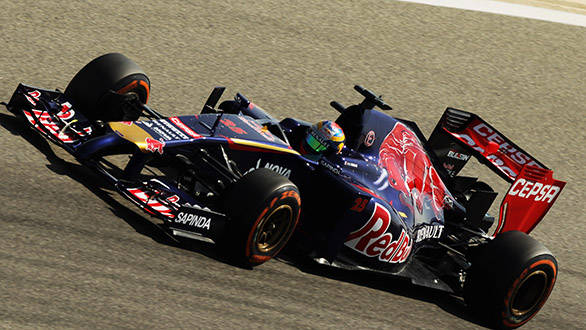
A ban on the FRIC (front and rear interconnected suspension system) is underway, with a consensus ban in 2014 already on the cards. Pioneered by Mercedes and used by most of the teams now, this system is basically an active suspension which interconnects all four suspensions via fluids for a level ride under all conditions.
Other changes
There will be three pre-season tests of four days each in Europe in 2015, which automatically means a ban on testing outside Europe. This will be reduced to two tests of four days each in 2016. Also, there will be two in-season tests of two days each in Europe (instead of the current four). Two of these four days must be reserved for young drivers.
The wind tunnel runs will be brought down from 80 hours per week to 65 hours per week. Computational Fluid Dynamics (CFD) usage is to be reduced from 30 Teraflops to 25 Teraflops. Teams will only be able to nominate one wind tunnel in one year.
The current restrictions on the parc ferme will now apply from the start of P3, instead of the start of qualifying, increasing their significance in strategy forming.
The question still stands though - will this turn the tide for Formula 1 next year? Well, this is as hard to comment upon as predicting if Ferrari can come up with a championship winning car next season. These regulations have been agreed upon by the World Motor Sport Council (WMSC) and the results will only unfold at the blinking of the five lights in 2015. Formula 1 is going through a tough time. Will its glory days be back again? Fingers crossed.
Related Stories
Top Stories
Latest Videos
Most Popular
- Upcoming Mahindra XUV 3XO: All you need to know
- Budget Sportbike Showdown: Kawasaki Ninja 500 vs Aprilia RS 457 vs Yamaha YZF-R3
- New Suzuki Swift spotted testing
- Nissan Magnite EZ-Shift review - is the AMT any good?
- 2024 Hyundai Creta vs Toyota Urban Cruiser Hyryder vs Skoda Kushaq comparison review - the hype is real?

